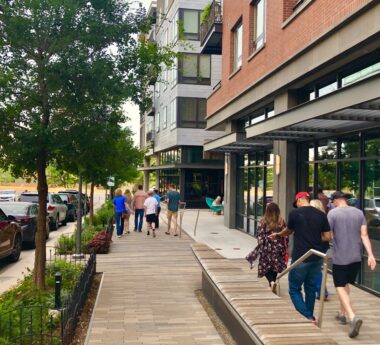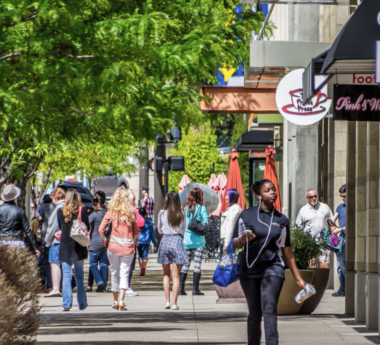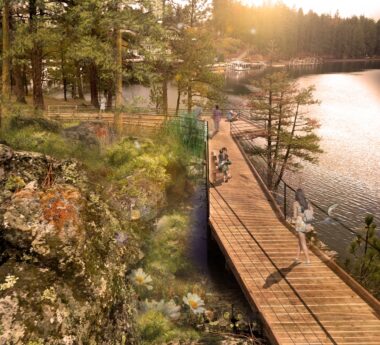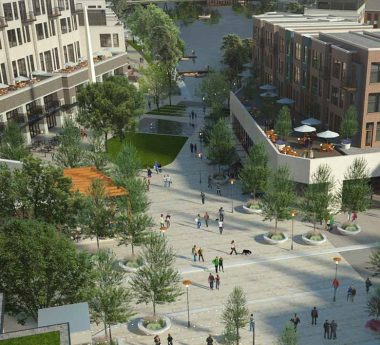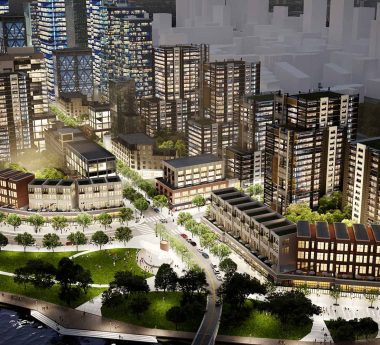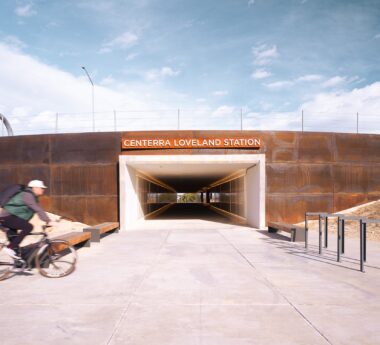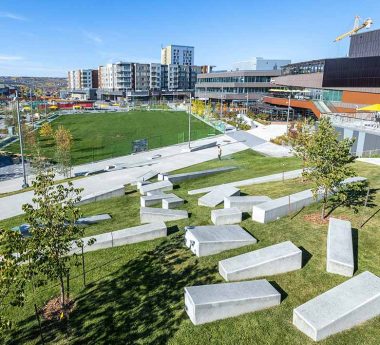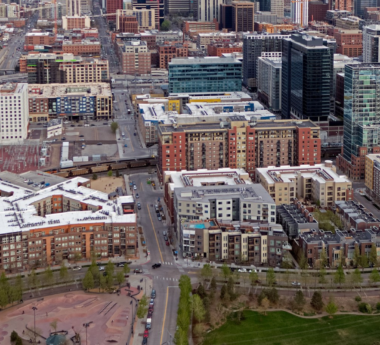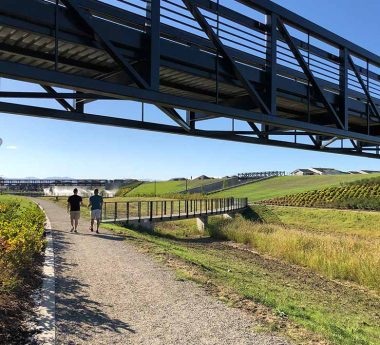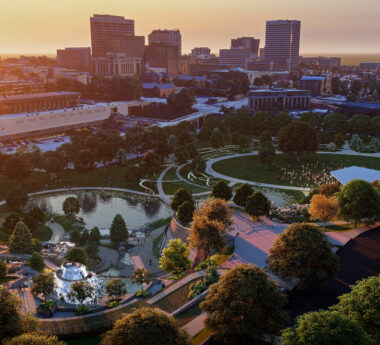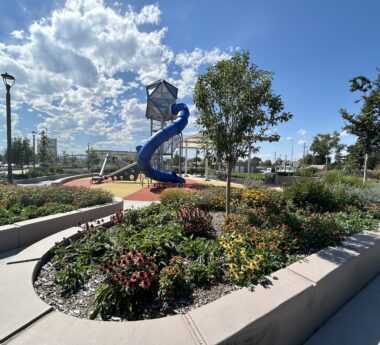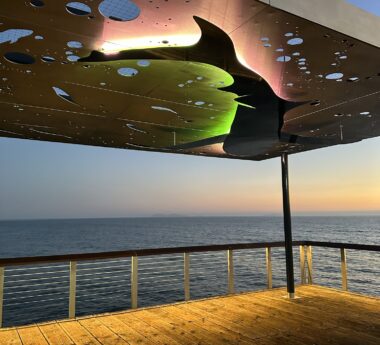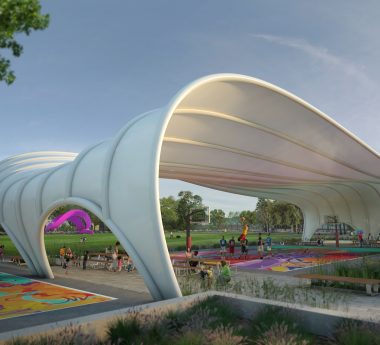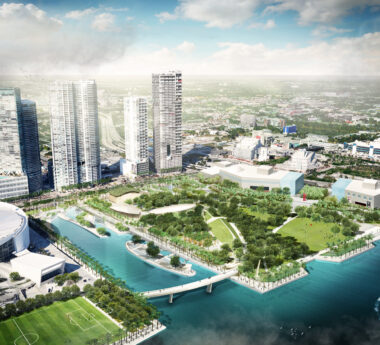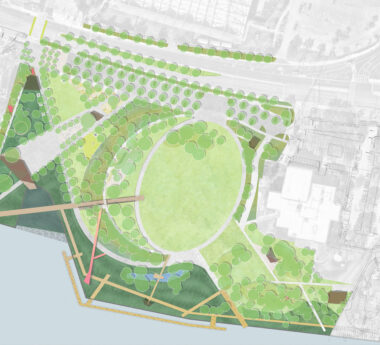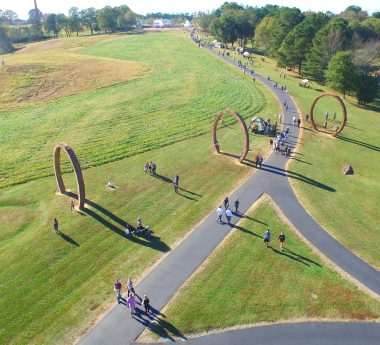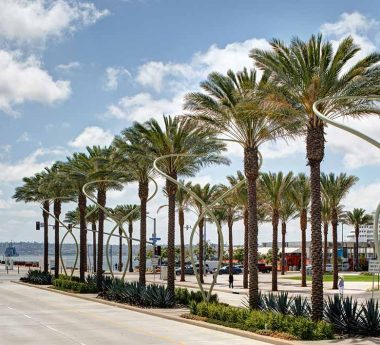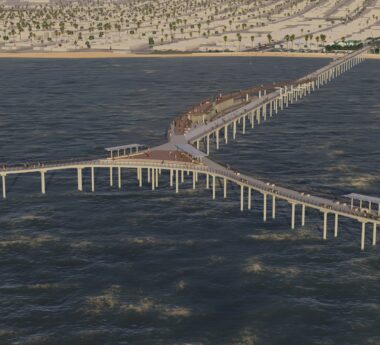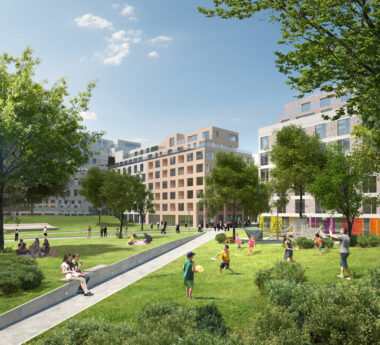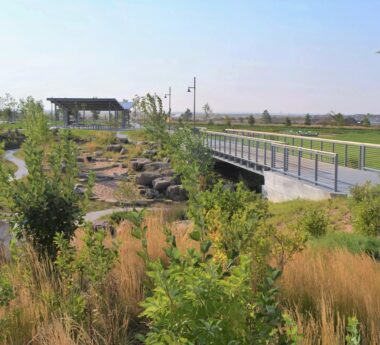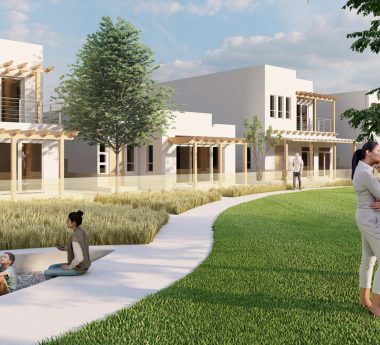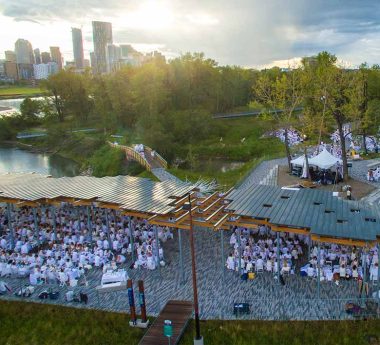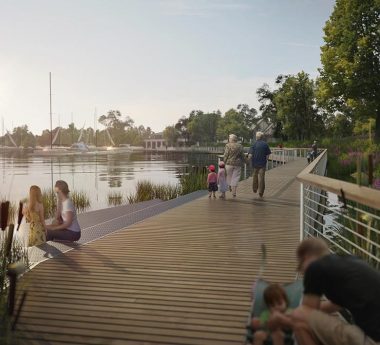Delivering on the vision, creating lasting value.
FEATURED PROJECTS
-
5280 Trail
Denver, CO—USA
-
Belleview Station
Denver, CO—USA
-
Belmar Plaza
Lakewood, CO-USA
-
Black Bay Park
Post Falls, ID—USA
-
Broomfield Town Square
Broomfield, CO—USA
-
Calgary Rivers District Master Plan
Calgary, Alberta—Canada
-
Centerra Loveland Mobility Hub
Loveland, CO—USA
-
Central Commons Park
Calgary, Alberta—Canada
-
Central Platte Valley
Denver, CO–USA
-
Central Park Master Plan
Denver, CO—USA
-
Commons Park
Denver, CO–USA
-
Finlay Park
Columbia, SC—USA
-
I-70 Cover Park
Denver, CO—USA
-
Imperial Beach Pier
San Diego, CA—USA
-
Jones Campus
Springdale, AR—USA
-
Julian B. Lane Riverfront Park
Tampa, FL—USA
-
Lake Milada
Lake Milada, Ústí nad Labem—Czech Republic
-
Maurice A. Ferré Park
Miami, FL—USA
-
Metropolitan Park
Jacksonville, FL—USA
-
North Carolina Museum of Art
Raleigh, NC—USA
-
North Embarcadero
San Diego, CA—USA
-
Ocean Beach Pier
San Diego, CA—USA
-
Opustena District
Brno, Czechia—Czech Republic
-
Painted Prairie
Aurora, CO—USA
-
Pikes Peak Park
Pueblo, CO—USA
-
St. Patrick’s Island
Calgary, Alberta—Canada
-
The Hub
Denver, CO—USA
-
Twin Silo Park
Fort Collins, CO—USA
-
Wayzata Lake Street Plaza and Lakewalk
Wayzata, MN—USA

